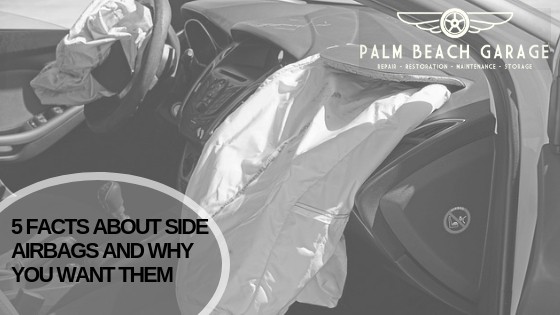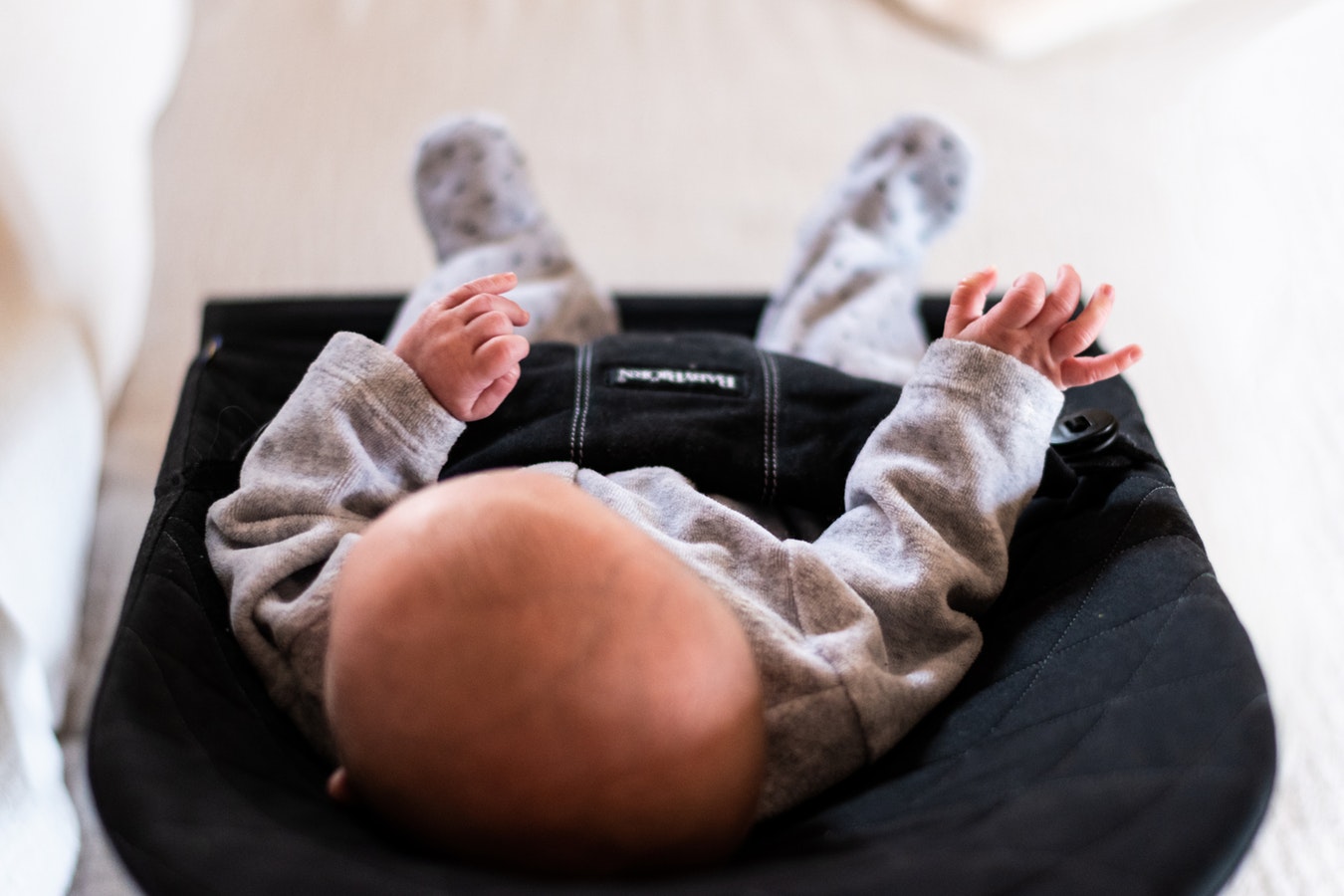
They’re not required by law, but tests on side airbags and car safety prove they’re an upgrade worth making to protect your family.
Did you know side airbags aren’t equipped on all vehicles?
Unlike hearing a weird air conditioner noise or spotting a bad catalytic converter, you may not know whether your vehicle has SABs. And that may leave you questioning its level of protection compared to newer cars loaded with safety options.
Airbags, a safety feature which deploys a rapidly-inflated cushion to protect drivers and passengers during a car accident, prevent riders from impacts and from being thrown against the car’s frame.
There are over a dozen different types of airbags, but side airbags specifically may keep your family safer on the road.
5 Facts and FAQs About Side Airbags (and Why You Want Them)
Here’s what you need to know about side airbags:
#1. Side Airbags and Car Safety: Proven But Not Required By Law
According to NHTSA[*]:
“From 1987 to 2015, frontal airbags saved 44,869 lives. That’s enough people to fill a major league ballpark.”
Thanks to their proven efficacy, dual front airbags have been mandated on all vehicles sold in the US since 1995.
However, side airbags are still optional, not standard.
Despite not being required by car manufacturers like front air bags, studies show side airbags with protection for your head lower the risk of death in an accident by 37% for drivers in cars, and 52% for drivers in SUVs[*].
NHTSA estimates 2,000 lives would be saved during traffic accidents every year if head protection side airbags became the legal standard[*].
And that’s mainly due to how they work.
#2. Side Airbags Protect Your Head and Torso from Injuries
Airbags put a soft barrier between passengers and the frame of the car (and other cars) during a crash.
While front airbags protect the driver and front passenger from head-on collisions, side airbags add protection to passengers during side impact collisions, like getting T boned.
You’ll generally see two main types of side airbags, or a combination of both, used to reduce bodily damage from a side crash:
Chest or torso airbags, which are installed in the car seats or in the doors, protect your chest, abdomen, and torso. A majority of torso airbags are installed in the front seats, but higher-end car models have them in the back seats too.
Head airbags or curtain airbags provide extra cushioning for your head. These deploy from the ceiling of your car and extend to cover those sitting in the front, back, and even third-row seats.
Side airbags not only add a layer of protection to your vehicle, they may even minimize injuries you receive from a front airbag deployment.
#3. When Do Side Airbags Deploy?
Airbags are designed to deploy in moderate to severe car crashes, but they can also deploy in a minor crash as well.
In the event of an accident, sensors trigger from the airbags’ electronic system and a flexible, fabric bag will begin inflating in less than 1/20th of a second to cushion your collision.
That may seem fast, but since there’s less to protect your passengers during a side impact collision than when you have a front or rear-end crash, side airbags deploy even faster.
Side airbags also remain inflated longer than front airbags after deployment so you’ll have this additional protection in the event of a rollover too.
Another difference between front and side airbags is their safety for children.
#4. Tests show side airbags do not cause severe injuries to children

Do airbags hurt?
Because front airbags deploy so quickly and with such force, they can bruise, cause burns, or even fatally injure passengers if they’re sitting too close to the dashboard, or are too small to handle the impact.
That’s why babies in car seats and children under 13 are supposed to sit in the back seat away front front airbags.
Here’s the good news: Tests show side airbags do not cause severe injuries to children, or increase their risks for death, when they’re deployed during a crash[*].
This means side airbags boost your vehicle’s safety and pose no risk to your young children.
Now that you know about this win/win situation, you’re probably wondering, “Does my car have side airbags?”
Do I need to buy a new car with SABs to protect my family?
#5. You Can Have Side Airbags Installed If Your Car Doesn’t Have Them
It’s easy to equip side airbags in your vehicle, just like you can upgrade your car with the safest tires for Florida driving.
Contact your local mechanic to see what options are available for your car.
Safeguard your loved ones and small children with side airbags today — the peace of mind will be well worth the upgrade.